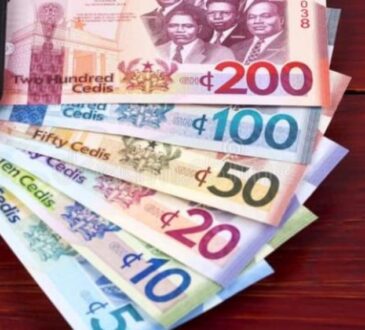Gold Coin to help manage excess cedi liquidity and boost investment opportunities, says BoG Governor

The Governor of the Bank of Ghana, Dr. Ernest Addison, has highlighted the introduction of the Ghana Gold Coin (GGC) as a strategic tool for the central bank to manage excess cedi liquidity in the banking sector.
Scheduled to be available through commercial banks within the next two weeks, the coins will be sold in cedis and priced based on the London Bullion Market Association auction price. Dr. Addison emphasized that the gold used in minting the coins adheres to the central bank’s responsible gold sourcing guidelines.
Since the Bank of Ghana launched its domestic gold purchase program in June 2021, it has acquired 65.4 tons of gold valued at approximately $5 billion. This initiative is designed to boost the country’s foreign reserves, expand gold holdings, and support the “gold for oil” program aimed at stabilizing energy prices.
Dr. Addison explained that the introduction of the GGC will complement existing monetary tools such as the Bank of Ghana Bills and overnight deposits for open market operations. Additionally, the GGC offers savers a new investment opportunity while reinforcing the central bank’s commitment to deepening the financial markets.
The GGC not only helps the central bank manage liquidity but also provides residents with an accessible way to invest in gold, which has historically proven to be a resilient asset during economic volatility. It serves as a natural hedge, giving savers the chance to diversify their portfolios.
At the GGC launch, Dr. Addison remarked that the coin’s issuance “democratizes access to this enduring financial asset,” allowing more Ghanaians to benefit from the central bank’s domestic gold purchase program.
Manufactured from dore gold refined to 99.99% purity, the GGC is available in three sizes: 1 oz, 1/2 oz, and 1/4 oz, catering to different investment preferences. Each coin bears the Ghana Coat of Arms on the front and the Independence Arch on the reverse. The packaging includes a wooden storage box, a transparent coin holder, and a certificate of ownership.
Gold has long been a vital component of global financial reserves, and its allure remains strong. Central banks now hold over 35,000 metric tons of gold—roughly one-fifth of all gold ever mined. As central banks continue to be net buyers of gold, its role in diversifying reserves becomes even more significant. For nations whose currencies can fluctuate in value, gold serves as a stable store of wealth, further reinforcing its importance in national financial strategies.
By Eugene Davis







